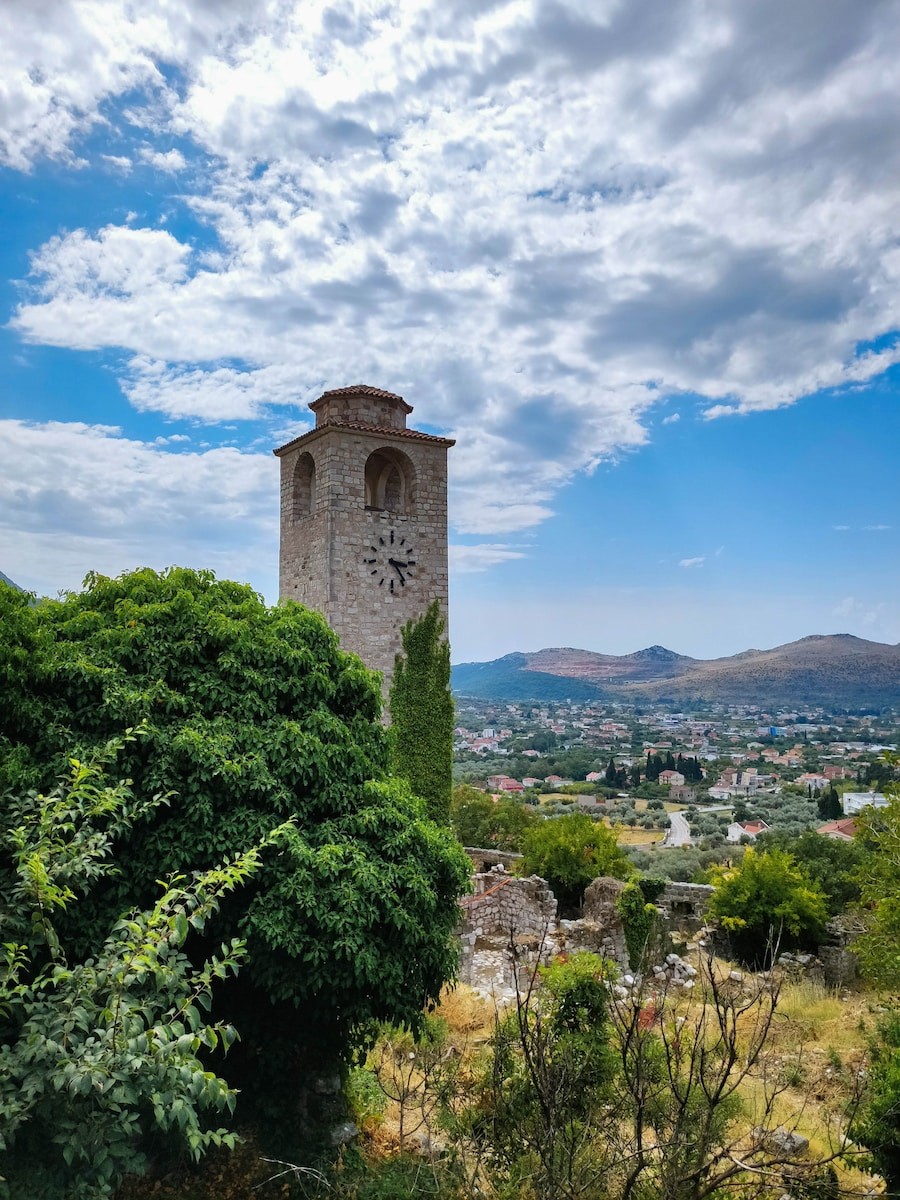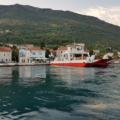Montenegro, known for its spectacular landscapes, incredible nature, and beautiful blue sea, has been home to many settlers throughout history. This resulted in an incredibly rich history, which often attracts people to this undiscovered gem in the Balkans.
A true monument of Montenegrin history and rich culture is Stari Bar. It is one of the few spots on its territory that keeps the spirit of its significance and will immerse you in a vibrant atmosphere. While exploring the historic town of Bar, stories from several eras greet you intertwined in the stunning natural landscape.
Because of its significance to modern Montenegro, we have crafted a guide for you to easily explore the Stari Bar. Take a minute and discover what makes this place so special and why you should visit it.
Stari Bar: More Than Just Stone Walls
Many civilizations left traces around the historical site of Stari Bar, which serves as proof of past times. Stari Bar was founded by Illyrians, while it was also a proud home to the Romans, Byzantines, Venetians, and Ottomans.
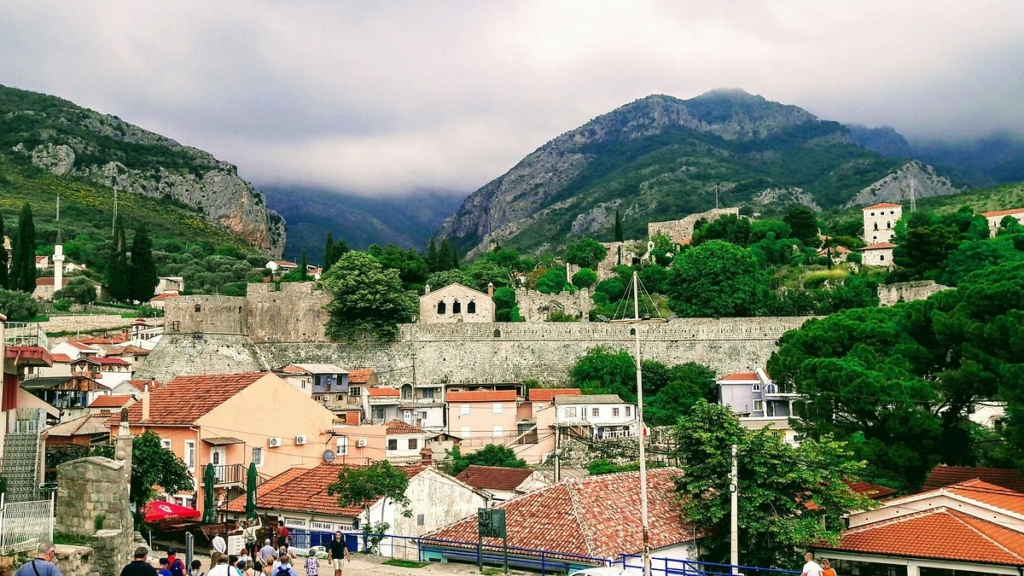
The Old Town of Bar nowadays has stable walls and the ruins of numerous significant buildings that speak tales to its visitors. Though now partially in ruins, many parts of the Stari Bar were renovated and now feature stores, restaurants, and a very popular marketplace. In this historic town, you will see what was left of this cultural center, with churches, towers, the homes of nobles, and a stunning fortress that will captivate you.
Stari Bar has an astonishing array of building styles. Its multiethnic past is reflected in the harmonious coexistence of churches, mosques, and fortifications. Earthquakes, wars, and restorations have shaped the town throughout time, however, it’s core characteristics and allure remain, which you can witness on every corner.
Things to do in Stari Bar
Old Town
The Old Town is set on a hill, which you will see as you approach the area, which is five kilometers away from the shoreline. This town represents one of the earliest settlements in Montenegro and the center of the ancient state of Duklja, which is believed to be one of the most important historic states in the Balkans. It is believed that this small and very white area, as people call it, had its peak of development during the Byzantine emperor Justinian. Even after the city was so developed, it had its own money on the spot.
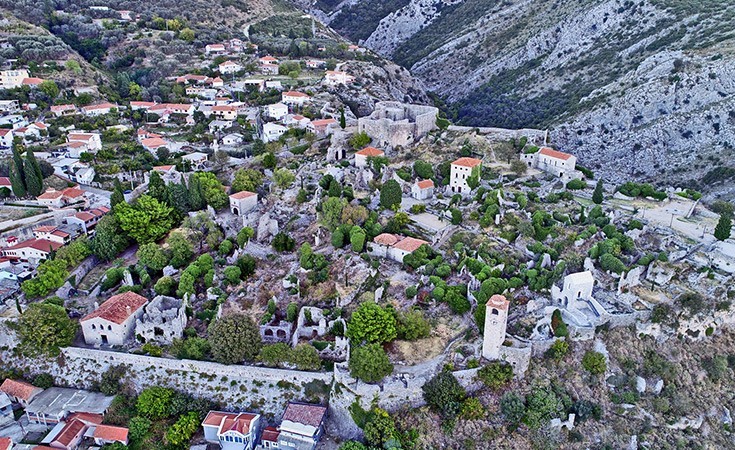
Before taking time to walk around Old Bar’s stunning fortress, the central monument of the city, which is remarkably well preserved, make sure you explore the picturesque alleys, full of vibrant shops, that appear in front of you. While navigating Stari Bar’s main street, don’t be shy about exploring the city’s maze of winding side alleyways. Discover the town’s best-kept secrets, which are often hidden beneath forgotten archways and concealed ruins.
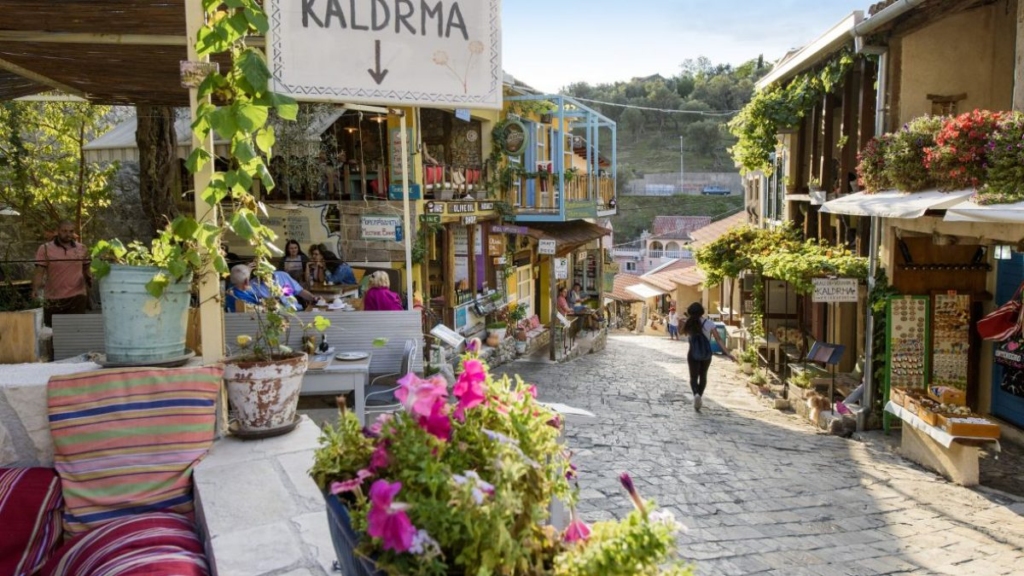
You may see through broken windows or glance at old traditional homes, and stunning backyards that will paint the image of a once-thriving community.
Stari Bar Fortress
The fortress of “Antibaris” is the biggest fortification in Montenegro. It represents one of the most important historical and archeological sites in the Balkans. The fortress was built during the time of the Turks, during the time of the Venetians, and also years before their arrival.
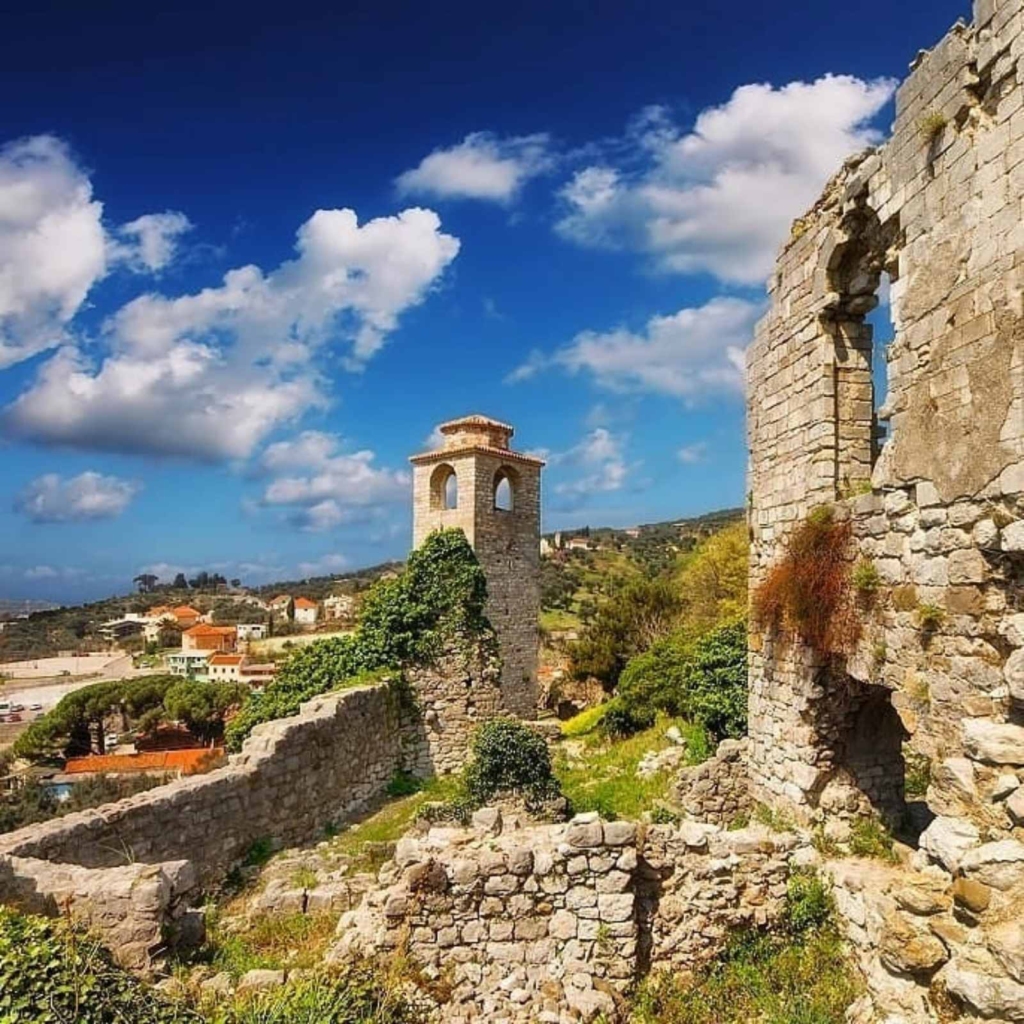
The area itself has over 600 monuments and ruins of public and religious institutions that speak to its significance. The true value of this fortress is the mix of cultures and architectural styles that can be observed even today. There is also the Citadel, which served exclusively for defensive purposes. The fortress offers a wonderful view of the new town of Bar and the open sea.
On the fortress of Stari Bar, there are several ruins of churches from different periods. These include the remains of the Cathedral of St. George from the 11th century, the Gothic churches of St. Catherine and St. Veneranda.
A few tips before the visit
- Stari Bar Fortress is open in summer from 08:00h–20:00h, while in winter it is open from 09:00h–17:00h.
- The entrance fee for Stari Bar Fortress is €3 for adults;
- Make sure you grab adequate hiking shoes and a hat if you are visiting in summer;
- Grab a bottle of water with you while hiking on the Fortress.
The Clock Tower
The Clock Tower in Old Bar is the most significant part of the fortress that you have to see. Built-in 1753, the Tower features clocks on all four sides. Yahya Ibrahim Osman Agha, a prominent resident of the city built it. The tower faced damage from wars and natural disasters, but it was completely reconstructed in 1984. The current appearance made it one of the most recognizable symbols of Bar.

St. George’s Cathedral
In Bar’s old town lie the ruins of the ancient St. George’s Cathedral. Originally constructed in the late 12th century, it stands on the site of a church from the 6th to 10th centuries. St. George’s Cathedral’s underlying structure underwent a modification during the Ottoman era as it became a mosque in the 17th century.
By the late 19th century, the cathedral was used for gunpowder storage. A lightning strike ignited the gunpowder, causing an explosion that destroyed the building.
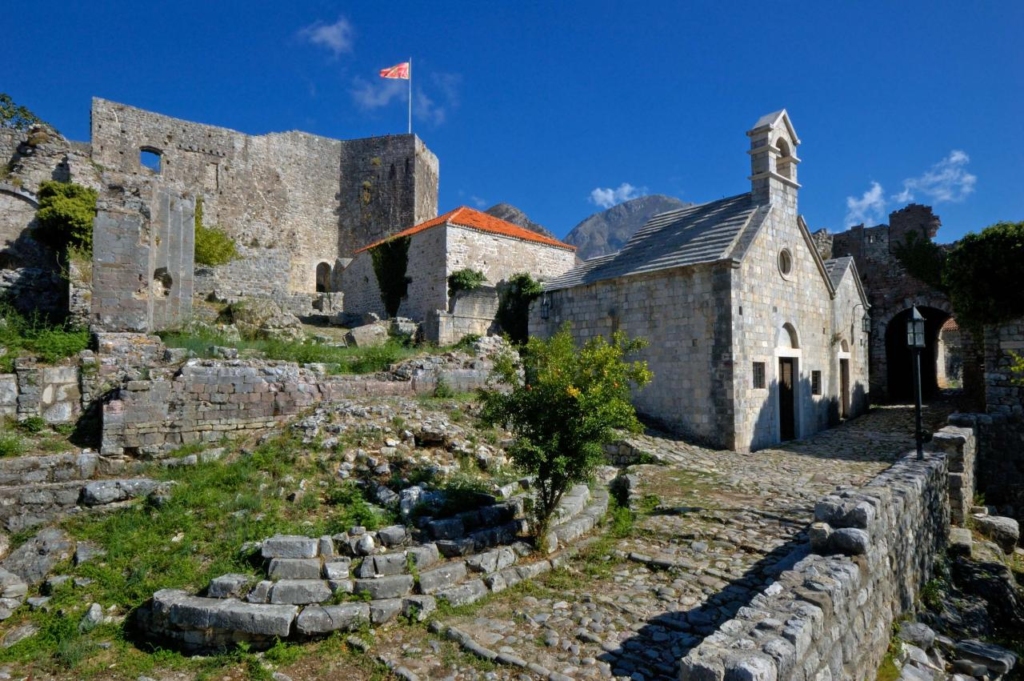
Turkish Bathhouse
The Ottomans also made their mark on this area, through religious architecture but also with their cultural and lifestyle monuments such as the traditional “hammam”. One of the preserved evidence of this influence is the Turkish bathhouse you can visit when strolling around the Stari Bar fortress. This bathhouse has been around since the 18th century.
Stara Maslina
Have you ever stood before a tree that predates the fall of the Roman Empire? The Stara Maslina, or Old Olive Tree, in Mirovica near Stari Bar, is believed to be over 2,000 years old—some estimates even suggest closer to 2,400. It’s not only one of the oldest olive trees in Europe, but also still bears fruit to this day, with locals producing olive oil from its olives.
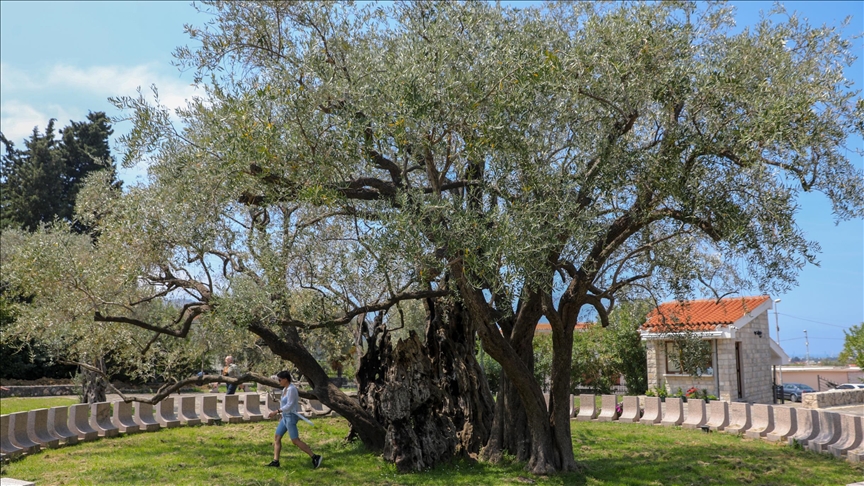
Legend has it that feuding families once met beneath its branches to settle disputes peacefully, which is how the place got its name—Mirovica means “peace.” Declared a protected natural monument, the tree has been carefully conserved, most recently with a modern drainage system to preserve its roots. A small entry fee lets visitors step into the fenced area and see this extraordinary survivor up close, making it both a natural wonder and a cultural touchstone in Montenegro.
Aquaduct
The Ottoman rulers built the Bar aqueduct like a bridge as part of the first Bar vakuf’s endowment. It was used to bring water from the local spring to the Old Town’s inhabitants.
A catastrophic earthquake struck Montenegro on April 15, 1979, in the early hours of the morning, causing the aqueduct to collapse completely. However, people completely renovated it, and it still serves its basic purpose today.
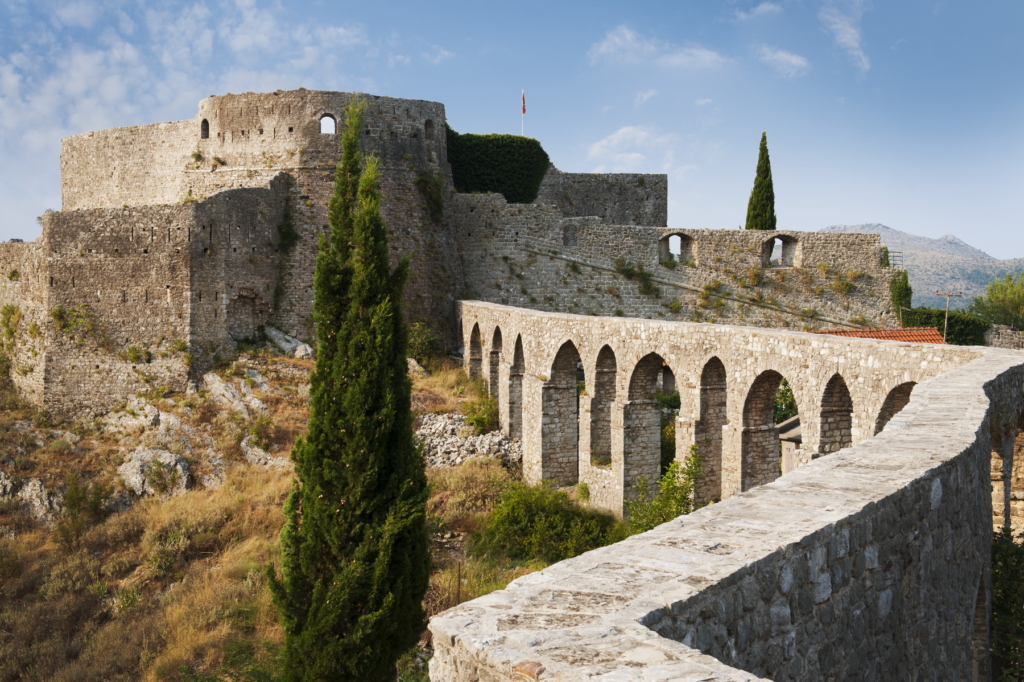
Gastronomy
Your journey through Stari Bar cannot be complete without sampling local delicacies. Here, the cuisine features a combination of Montenegrin traditions and Mediterranean nuances.
If you seek a true taste of Stari Bar check out local vendors and markets. There you can find traditional olive oil, produced in the region for centuries, which is a must-try. Check out an array of artisanal items, including organic, locally produced juices, especially the one from the pomegranate, as well as other fresh fruits, fresh seafood, grilled meats, and flavorful cheeses.
When deciding what to eat for a filling breakfast, don’t miss “burek.” This is a famous local pastry made with cheese, spinach, or meat. For something sweet, “urmasice,” a syrup-soaked pastry, provides a delightful end to a meal.
You can enjoy all mentioned in some of the picturesque cafes and restaurants around the cobblestone streets. We recommend visiting the great Kaldrma restaurant and enjoying their incredible backyard that leans on the Old Town walls. If you want to take a simple break and enjoy tasting Turkish coffee and homemade products we recommend visiting the Konoba Bedem. Their upper terrace provides a stunning view of the fortress while its interior is very interesting to explore.
Conclusion
Stari Bar is a fascinating symbol of Montenegro’s historical significance, adding to the country’s alluring natural scenery. Located in the heart of Montenegro amid the towering mountains and the calm Adriatic, this jewel is more than simply a historical place to visit.
Here you will experience an incredibly lively atmosphere with bustling cobblestone streets and the astonishing walls of the Fortress towering over you. Stari Bar’s antiquity and modern appeal make for an enriching experience, especially when trying local cuisine.
Stari Bar will guarantee an incredible trip back in time, especially if you are a history buff, a foodie, or just looking for something different to experience.

